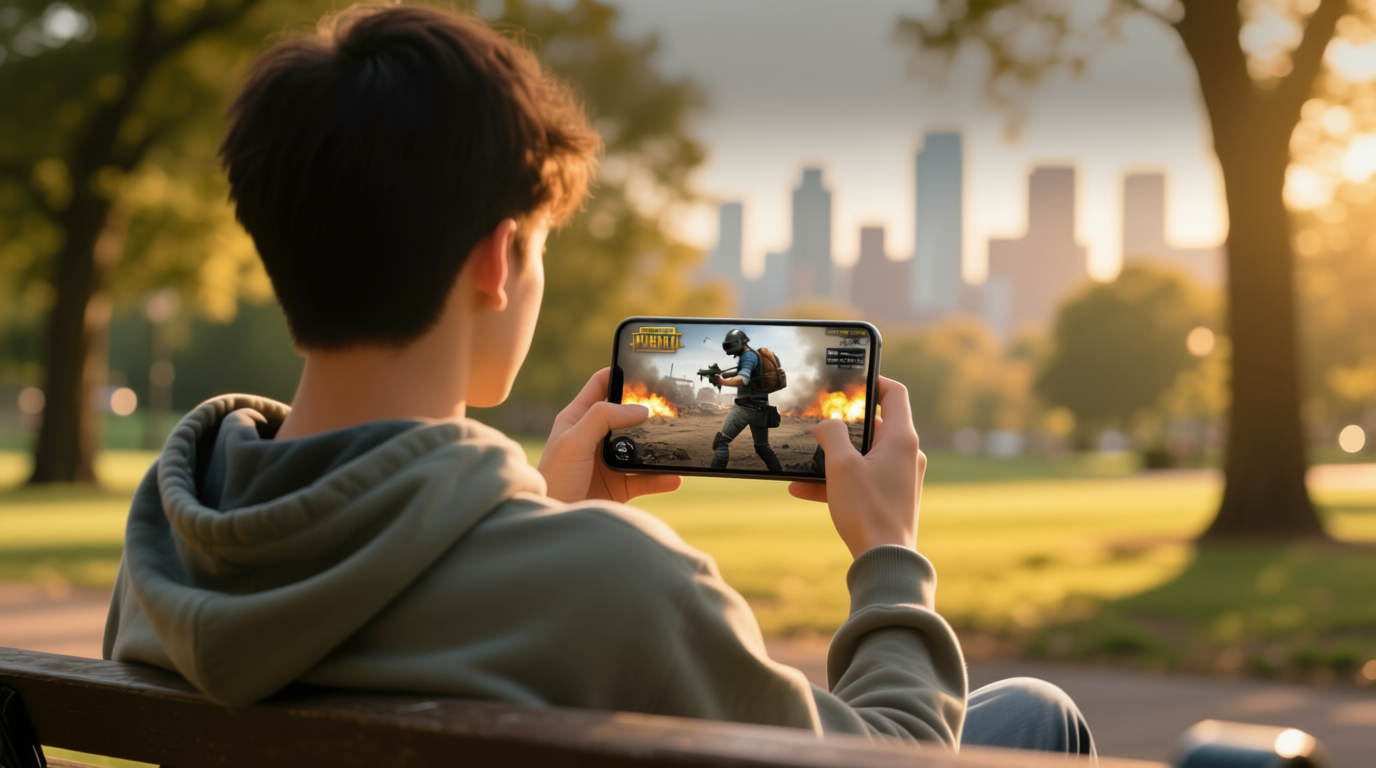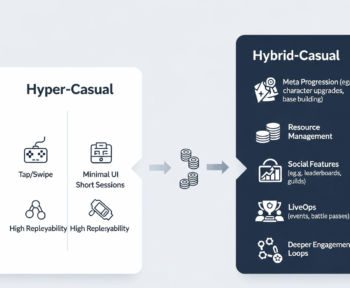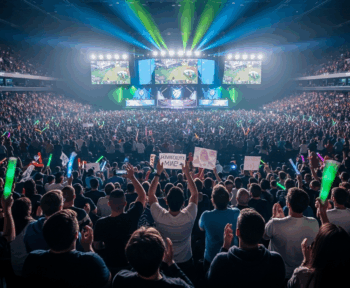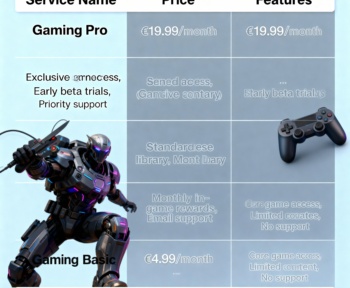Let me tell you what nobody talks about when reviewing gaming phones – how they actually feel after three hours of Genshin Impact, whether you can comfortably reach the controls during intense PUBG sessions, or if that “amazing” cooling system sounds like a jet engine next to your ear. After spending months with 2025’s gaming phone lineup, here’s the real deal on what works and what’s just marketing fluff.
Performance That Actually Translates to Better Gaming
The Asus ROG Phone 9 Pro isn’t just powerful on paper – it maintains that power when it matters. Running on the Snapdragon 8 Elite with up to 24GB of RAM, this phone doesn’t just start strong; it stays strong through extended gaming sessions2. The 165Hz OLED display isn’t just a spec sheet bragging point – you genuinely feel the difference in competitive games where every millisecond counts4.
What really impressed me is the air triggers with 520Hz touch-sample rate that give you console-like controls without blocking your screen4. The bigger 5,800mAh battery means you’re getting legitimate all-day gaming, and that secondary USB-C port for charging while playing horizontally should be standard on every gaming phone2.
The RedMagic 10 Pro takes a bold approach with its actual internal fan cooling system7. Yes, you can hear it when things get intense, but it keeps the Snapdragon 8 Elite running at peak performance without throttling7. The massive 7,050mAh battery is a game-changer – we’re talking 6-8 hours of intensive gaming without hunting for a charger7. At $649 starting price, it’s offering flagship performance at mid-range pricing4.
The Daily Driver Dilemma – Gaming Phones You Can Actually Live With
Here’s the thing – most of us need our phones to do more than just game. The Samsung Galaxy S25 Ultra understands this perfectly. With its custom Snapdragon 8 Elite for Galaxy chip, it matches dedicated gaming phones in performance while excelling everywhere else2. The new vapor chamber design keeps things cool without compromising on the slim profile, and Samsung’s software optimizations mean games run smooth as butter without special gaming modes2.
The ProScaler technology is genuinely useful, making older games look fantastic on the QHD+ display2. Plus, you’re getting Samsung’s commitment to long-term software support, meaning this phone will still be gaming-capable years from now. The S Pen adds unexpected utility for certain strategy games too.
For iOS users, the iPhone 16 Pro Max remains the only real choice, and it’s a good one1. Apple’s tight hardware-software integration means games are incredibly well-optimized, and the exclusive titles in Apple Arcade are actually worth playing. The display is gorgeous, though the lack of higher refresh rates beyond 120Hz might disappoint those coming from Android gaming phones1.
The Budget Reality Check – Great Gaming Without Breaking the Bank
Let’s talk about the Poco X7 Pro – at around $300, it’s destroying the notion that you need to spend big for mobile gaming1. The 120Hz display is smooth enough for most games, and it handles PUBG Mobile and Honkai Star Rail without breaking a sweat1. Sure, you’ll need to deal with some bloatware, but that’s a small price for this level of performance.
The OnePlus 13R at a slightly higher price point offers incredible value with its Snapdragon 8 Gen 3 processor delivering 120fps in PUBG with virtually no lag5. It might struggle with Genshin Impact at maximum settings, but dial things back slightly and you’re getting a premium gaming experience for hundreds less than flagship phones5.
Specialized Choices for Specific Gamers
The RedMagic 9S Pro deserves attention for its gaming-first approach. With the Snapdragon 8 Gen 3 Leading Version chipset and specialized Game Space mode, it’s built from the ground up for gaming1. The 6,500mAh battery with 80W charging means minimal downtime, and at 30 minutes for a full charge, you’re back in action quickly1. The shoulder triggers with high touch-sample rates give you a legitimate competitive advantage in shooters4.
For those who want something completely different, the Samsung Galaxy Z Fold 6 offers a unique proposition5. Gaming on that massive unfolded screen is genuinely transformative for certain genres – strategy games, RPGs, and even racing games benefit from the extra screen real estate. It’s not the most powerful option, but the experience is unlike anything else.
Display Technology That Changes Everything
The Xiaomi 14T Pro proves you don’t need the absolute latest chipset for great gaming1. Its MediaTek Dimensity 9300+ processor is plenty powerful, but the real star is the 144Hz AMOLED display that makes everything look incredibly smooth1. Colors pop, blacks are perfect, and the high refresh rate means you’re seeing every frame your games can produce.
Meanwhile, the Google Pixel 9 Pro XL, while not a gaming-focused device, deserves mention for its bright 120Hz display and Tensor G4 chipset that handles popular titles like Honkai Star Rail without issue1. The seven years of guaranteed updates means it’ll stay relevant longer than most gaming phones1.
The Cooling Conversation Nobody’s Having
Heat management separates good gaming phones from great ones. The RedMagic 10 Pro’s internal fan is loud but effective5. The ROG Phone 9 Pro’s GameCool 9 system strikes a better balance between cooling and noise6. Samsung’s approach with the S25 Ultra’s larger vapor chamber proves you don’t always need a fan for effective cooling2.
The OnePlus phones use excellent passive cooling that prevents overheating during long sessions without any moving parts5. It’s less dramatic but equally effective for most gaming scenarios.
Real-World Battery Life and Charging
Forget manufacturer claims – here’s what actually happens. The RedMagic 10 Pro’s 7,050mAh battery genuinely delivers all-day gaming7. The ROG Phone 9 Pro’s 5,800mAh capacity translates to about 6-7 hours of intensive gaming2. The Samsung Galaxy S25 Ultra surprises with over 30 hours of mixed use, though pure gaming drops this to around 8-10 hours2.
Fast charging matters more than you think. The RedMagic 9S Pro’s 80W charging getting you from dead to full in 30 minutes means you’re never out of action for long1. Compare that to slower charging phones where you’re plugged in for over an hour, and the difference in actual gaming time becomes significant.
The Bottom Line – Matching Phone to Gamer
If you’re a competitive mobile gamer, the ROG Phone 9 Pro or RedMagic 10 Pro are your weapons of choice. For those wanting a phone that games incredibly well but doesn’t scream “gamer,” the Samsung Galaxy S25 Ultra is unmatched. Budget-conscious gamers should grab the Poco X7 Pro without hesitation, while those wanting the best value in the mid-range should consider the OnePlus 13R or RedMagic 9S Pro.
Remember, the best gaming phone is the one that fits your specific needs, budget, and gaming habits. Every phone mentioned here will handle current mobile games – the differences come down to how well they handle them and what compromises you’re willing to make.





